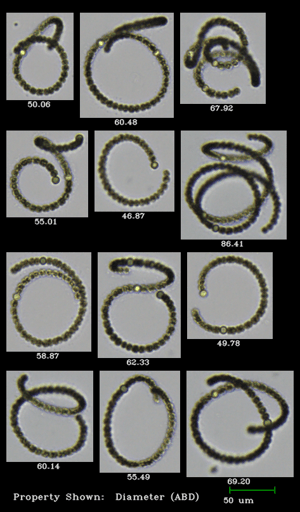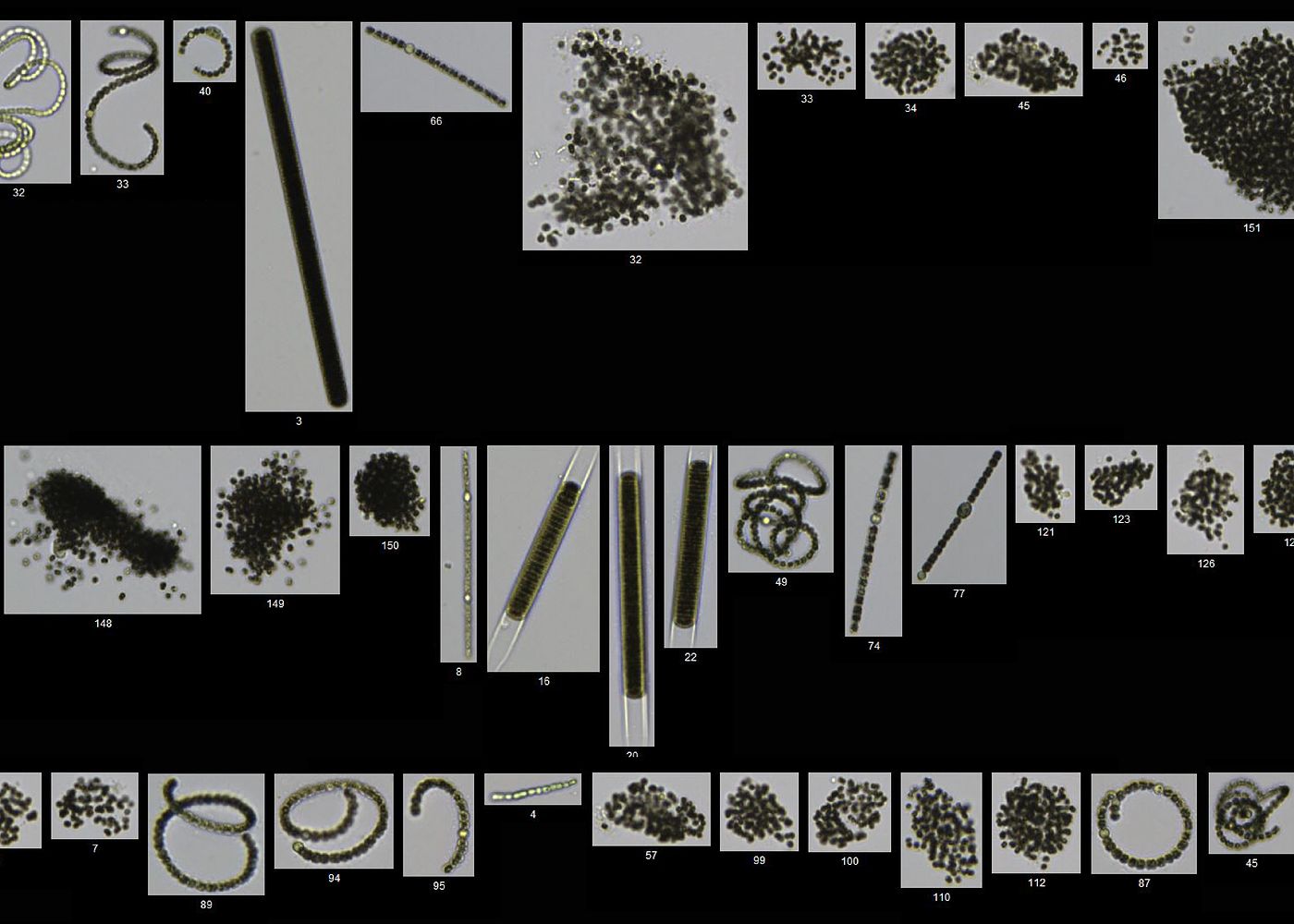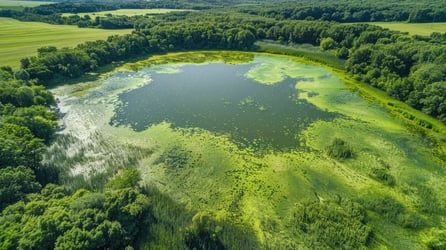 Our ability to predict and prevent harmful algal blooms is directly related to our ability to research and understand cyanobacteria. Numerous studies have used FlowCam to rapidly enumerate, image, and aid in the identification of harmful algae present in water samples to better track, trend, and predict blooms.
Our ability to predict and prevent harmful algal blooms is directly related to our ability to research and understand cyanobacteria. Numerous studies have used FlowCam to rapidly enumerate, image, and aid in the identification of harmful algae present in water samples to better track, trend, and predict blooms.
Interested in learning more about how water quality monitoring has been conducted and improved with FlowCam?
We've collected our favorite studies that focus on cyanobacteria blooms their environmental drivers, and the use of FlowCam technology in the analysis.
These studies collectively highlight the importance of environmental factors, nutrient dynamics, and competition in influencing cyanobacterial blooms and demonstrate the utility of FlowCam technology in cyanobacterial research.
1. Cyanobacterial blooms in the central basin of Lake Erie: Potentials for cyanotoxins and environmental drivers.
This paper aims to identify and quantify early summer cyanobacterial blooms in Lake Erie's central basin, determine environmental drivers, and assess the potential for cyanotoxins.
- Chaffin et al., 2019, "Cyanobacterial blooms in the central basin of Lake Erie: Potentials for cyanotoxins and environmental drivers," Journal of Great Lakes Research
2. Interactions between nitrogen form, loading rate, and light intensity on Microcystis and Planktothrix growth and microcystin production.
This paper's objective is to examine how different forms of nitrogen and light intensity affect the growth and microcystin production of Microcystis and Planktothrix.
- Chaffin et al., 2018, "Interactions between nitrogen form, loading rate, and light intensity on Microcystis and Planktothrix growth and microcystin production", Harmful Algae
3. Impacts of the 2014 severe drought on the Microcystis bloom in San Francisco Estuary.
This research aims to provide a detailed characterization of the Microcystis bloom that occurred during the 2014 drought in the San Francisco Estuary.
- Lehman et al., 2017, "Impacts of the 2014 severe drought on the Microcystis bloom in San Francisco Estuary", Harmful Algae
4. Vertical distribution of buoyant Microcystic bloom in a Langrangian particle tracking model for short-term forecasts in Lake Erie.
This research aims to simulate the vertical distribution of Microcystis colonies using a 3-D model.
- Kinjanka et al., 2016, "Vertical distribution of buoyant Microcystis bloom in a Langrangian particle tracking model for short-term forecasts in Lake Erie", J. Geophys. Res. Oceans
5. High-resolution imaging particle analysis of freshwater cyanobacterial blooms
Researchers are working to develop a FlowCam-based method for high taxonomic resolution and accurate cell counts for cyanobacterial monitoring.
- Graham et al., 2018, "High-resolution imaging particle analysis of freshwater cyanobacterial blooms", Limnol. Oceanogr.: Methods
6. Species Diversity of resident green algae slows the establishment and proliferation of Microcystis aeruginosa
In this paper, researchers examine how competition with green algae affects the establishment and proliferation of Microcystis aeruginosa.
- Nolan & Cardinale, 2018, "Species diversity of resident green algae slows the establishment and proliferation of the cyanobacterium Microcystis aeruginosa", Limnologica
To download the full document. Click the button below.












